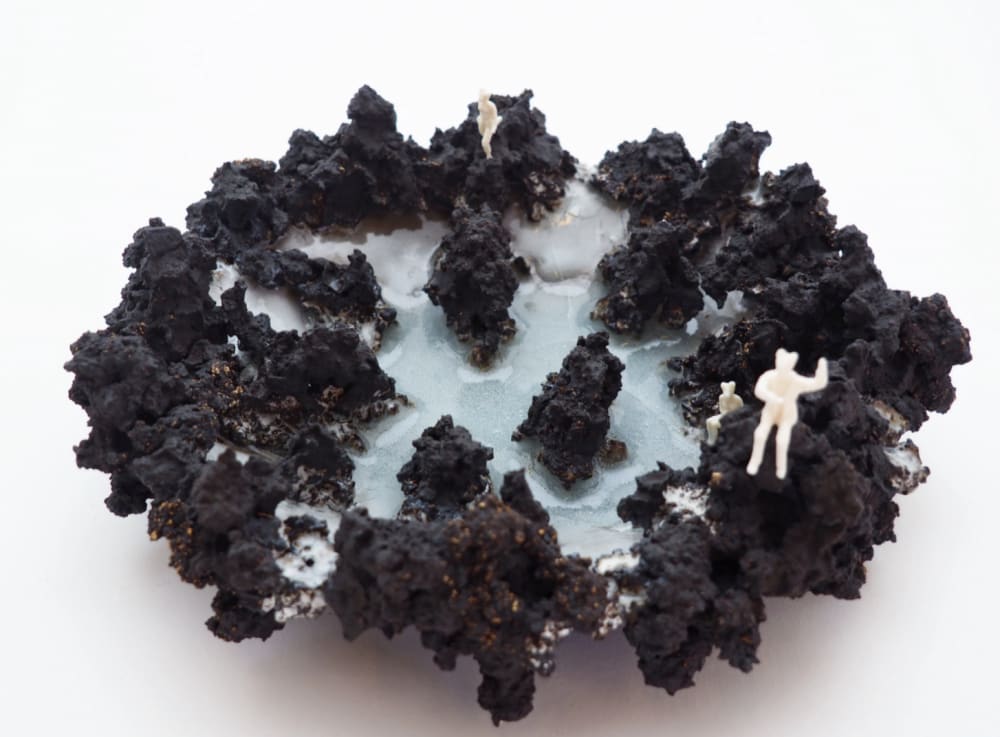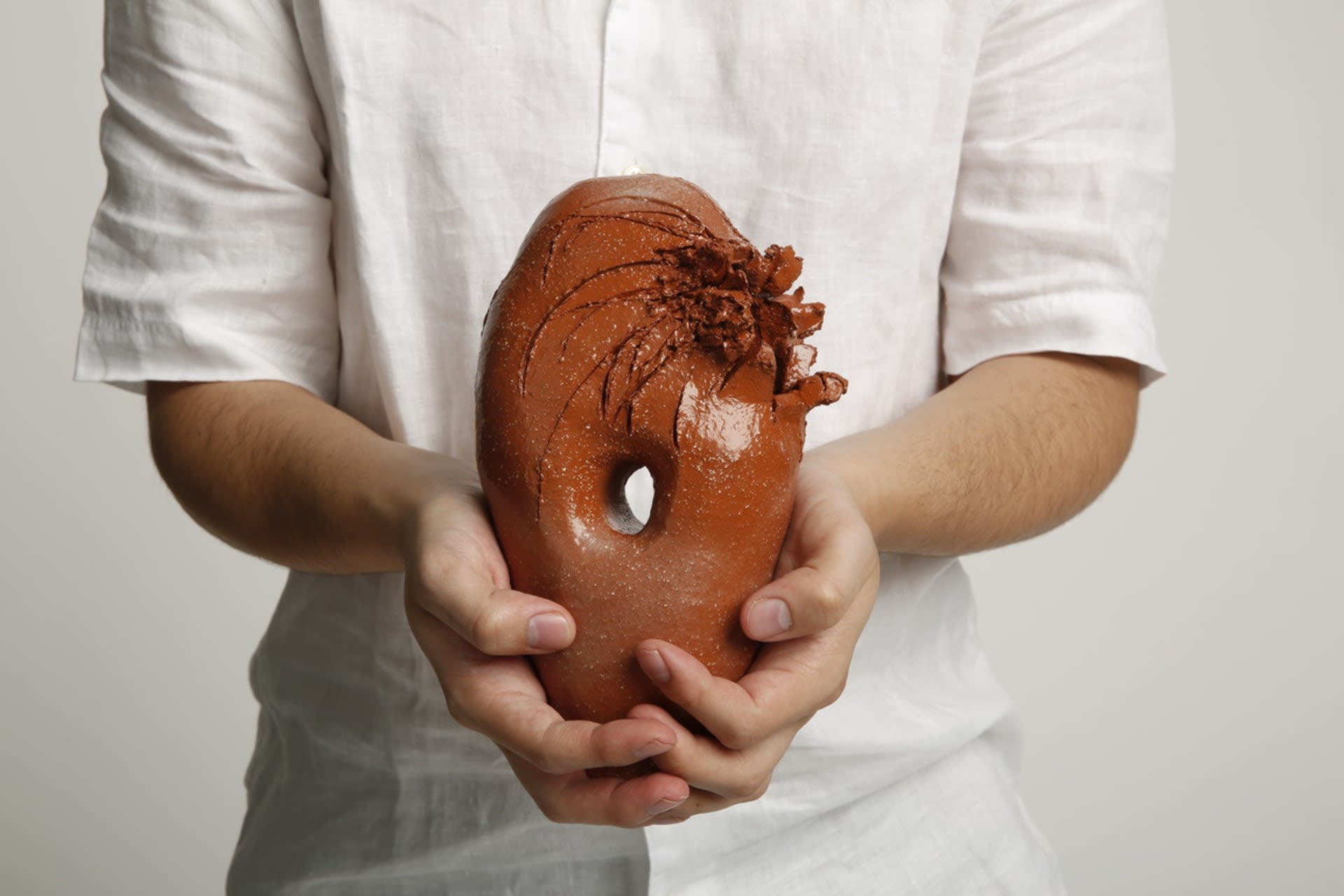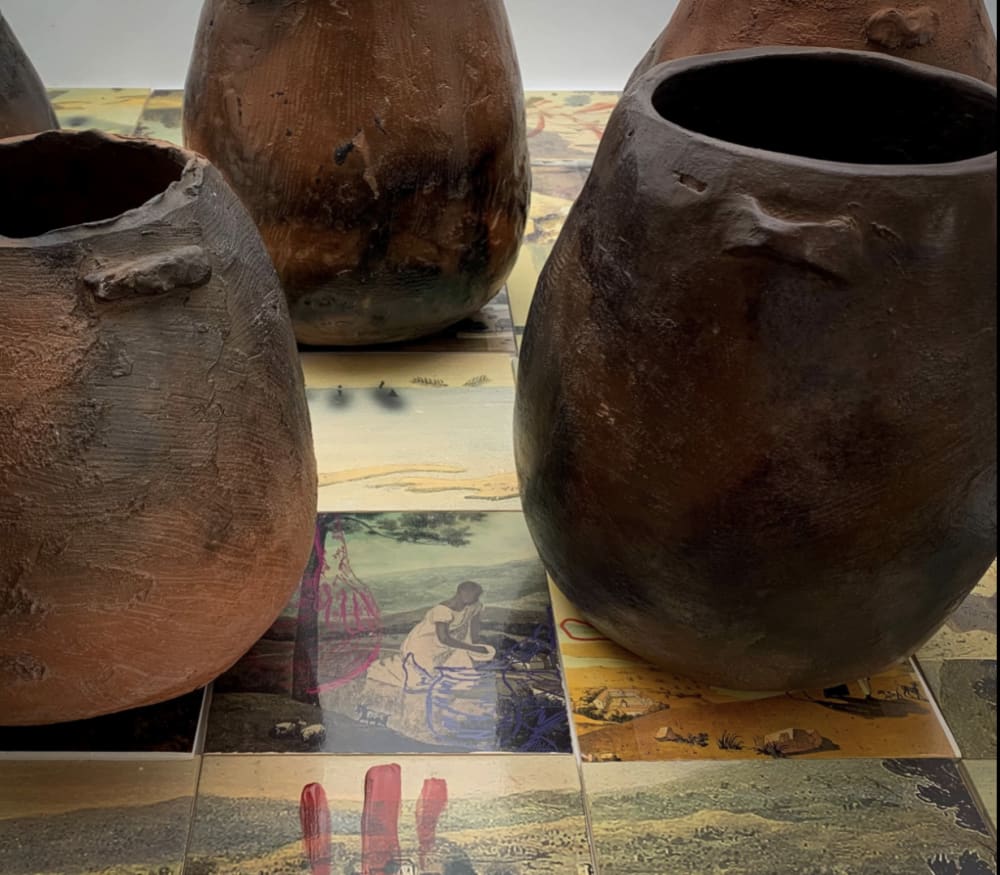
CRAFT: bridging heritage skills and innovation in ceramics training

- Written byAlexandra R. Cifre
- Published date 03 May 2022

With 5 seasons under its belt and an average of 2.5 million viewers per episode, The Great Pottery Throw Down has become one of the most popular shows on British television in the last few years. The hashtag #pottery has over 13 million posts on Instagram and a quick search on TikTok reveals a staggering 6 billion views under the same hashtag. What makes this ancient craft so attractive to generations of all ages across the world?
Apart from social media trends, researchers and practitioners believe there is still so much left to understand about the complexities of working with clay. For this reason, 5 arts institutions have come together to map out the current state of the craft across Europe, exploring the most recent innovations in ceramics while learning how to protect the intangible cultural heritage and knowledge in pottery.
CRAFT: Activating Pedagogy for Ceramic Education Future is an Erasmus+ Strategic Partnership led by University of the Arts London — with a team headed by Anthony Quinn, Course Leader on BA Ceramics Design at Central Saint Martins (CSM) — in collaboration with NOVA University Lisbon, Weißensee Academy of Art Berlin, Oslo National Academy of the Arts and Academy of Arts, Architecture and Design in Prague. After working online for the first 18 months of the project, CSM recently hosted the first in-person gathering for ‘Train the Trainer’, a 3-day training programme where all the partners got to exchange ideas on how to combine new technologies with traditional skills when training the future generations of potters.
In between 3D making workshops and video production demos, we caught up with professors Barbara Schmidt (Berlin), Marcia Vilarigues (Lisbon), Gunhild Vatn and Trine Wester (Oslo) to learn more about their involvement in the project and their perceptions on the future of ceramics education.

From your experiences, what do you think makes ceramics such a fascinating craft? And why is it necessary to protect heritage skills in pottery?
Trine: As part of this project, we’ve been all reflecting on how we work with different materials across various design disciplines. For instance, some students find it hard to get into stone and steel, but when it comes to clay, they get to use their intuition. Clay is timeless, it’s in the earth, it’s not a processed material and it’s very welcoming; anyone can work with it, from children to the most advanced ceramicists. But I think what makes it so fascinating is the fact that the more time you spend with it, the more complex it gets. It triggers something very deep inside us, it helps us to reconnect with our past selves and with our natural instincts in a very unique way.
Marcia: From a cultural perspective, historical crafts like pottery have built us, they’re part of our heritage. They also have a strong community element and bring us together as human beings, which in the age of high-tech and constant innovations is something we need to preserve. That also applies to the knowledge and the skills we have carried on throughout history. Even from a practical and technological perspective, learning from heritage skills can be very useful nowadays – for example, we can look at how to obtain different colours using natural elements without relying on toxic and polluting materials, as our ancestors did centuries ago. Combining the knowledge we have from the past with the knowledge we have presently we can build more sustainable materials in the future.
What are some of the innovations or trends that currently stand out in the ceramics field?
Gunhild: Anything that has to do with new technologies, like 3D printing, is truly fascinating. However, we’ve actually noticed a trend in younger people going in the opposite direction, going back to the more basic techniques of firing and glazing. Students are very concerned with environmental issues, and for them the innovation lies on engaging with environmentally friendly practises; they literally go outside and dig their own clay to work with it, I’ve seen them making glazes with natural materials they find in the forest or on the beach or firing with woods they cut themselves. Some may think they’re going back in time, but they're actually looking forward.
As part of CRAFT, you’re looking at how to bring innovative approaches to ceramic education while helping to preserve traditional skills. What specialist knowledge are you bringing into the project to achieve this goal?
Trine: At Oslo National Academy of the Arts, our specialist researchers and academics have access to cutting-edge technical equipment – we have very large kilns which are quite unique. When it comes to training new ceramicists, we offer our students the opportunity to do an integrated Master’s degree, so for 5 years they get to dive deep into the subject, combining craft, design and fine art perspectives.
Barbara: We are in a special position as we are one of the partners which doesn’t have a ceramics department, but we do have a product design course at Weißensee in which there are lots of students interested in working with ceramic materials. It’s really great to be in a consortium where we do have a lot of ceramic experts and having the opportunity to learn from each other.
Marcia: NOVA is bringing a team of computer scientists and conservators working on the technical aspects of clay. We’re focusing on mapping and identifying places that we think are important to highlight and preserve, which will be become an interactive digital map to showcase other institutions. We also hope it can be a learning tool for future students and the general public to find where this specialist training exists.

What challenges have you encountered when discussing current approaches to teaching ceramics in higher education?
Gunhild: When talking to the partners involved in CRAFT, we’ve realised one of the challenges we share is not having enough time to be in the workshops. We’re really struggling to give enough time both to the teachers and the students to practice with materials and working with different techniques. Within any arts discipline, it’s crucial for students to have this time to really be able to find the depth in what they want to do, to find their own expression by experimenting.
Barbara: What has changed particularly in Germany, but I think also elsewhere, is that there are less and less real ceramic courses; but, at the same time, the interest in pottery nowadays is growing. Students have more digital skillsets which they can combine with classic craft approaches, so education has become more versatile in that sense. There’s more freedom but also that's a challenge for higher education institutions, as we need to adapt to what our students demand from us. This is what we’re exploring through the CRAFT workshops, how to document and share classical techniques but also how to hybridise them, working with digital tools to find new combinations or new perspectives on designing with ceramics.
CRAFT is now entering its final phase of the 3-year partnership. Academics from the 5 partner institutions will meet with the project's Advisory Board members to discuss the progress so far and to prepare for the next 'Train the Trainer' event hosted by Academy of Arts, Architecture and Design in Prague in September.
Find out more about CRAFT: Activating Pedagogy for Ceramic Education Future
Explore other Knowledge Exchange initiatives happening at UAL
If you'd like to collaborate with UAL, get in touch! Email us on business@arts.ac.uk